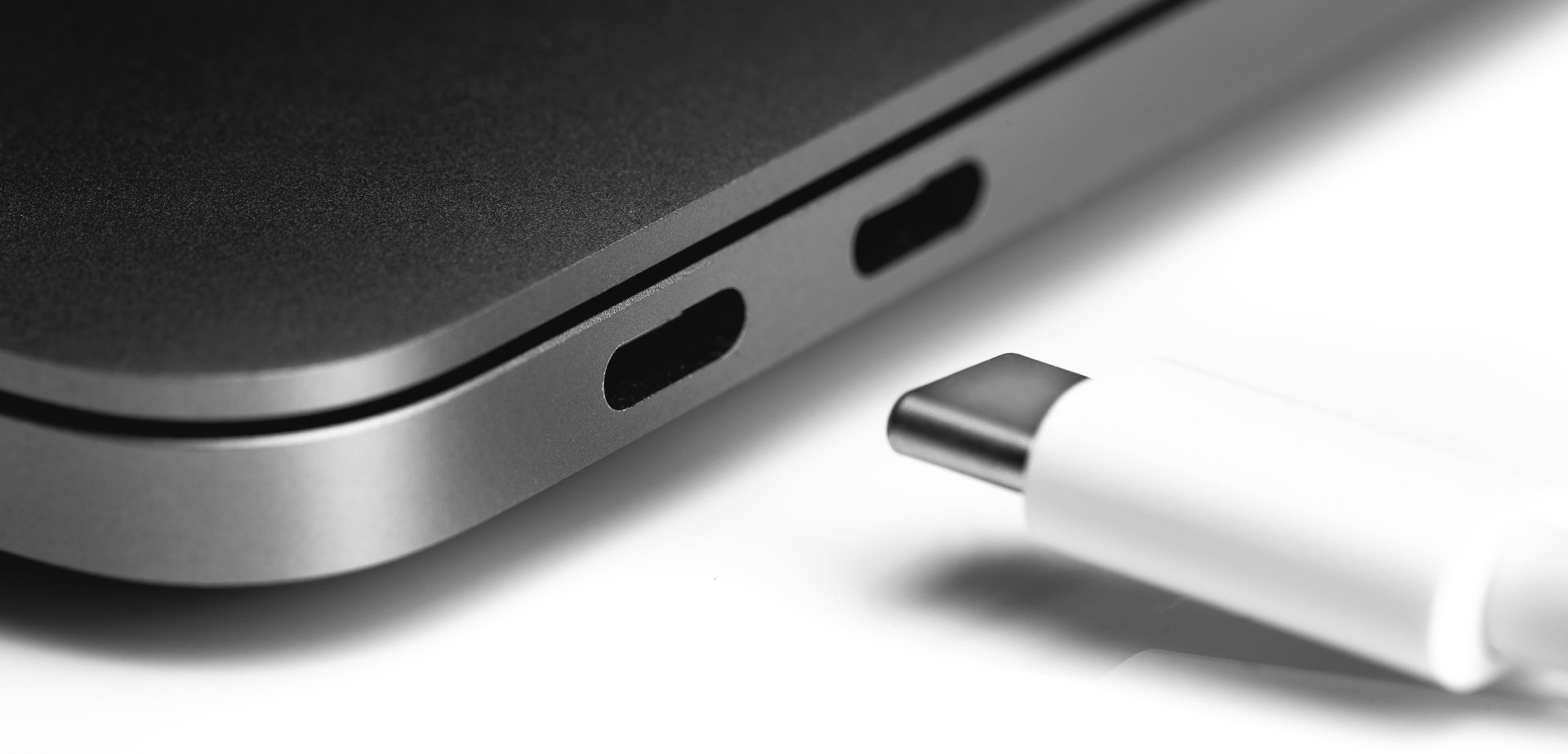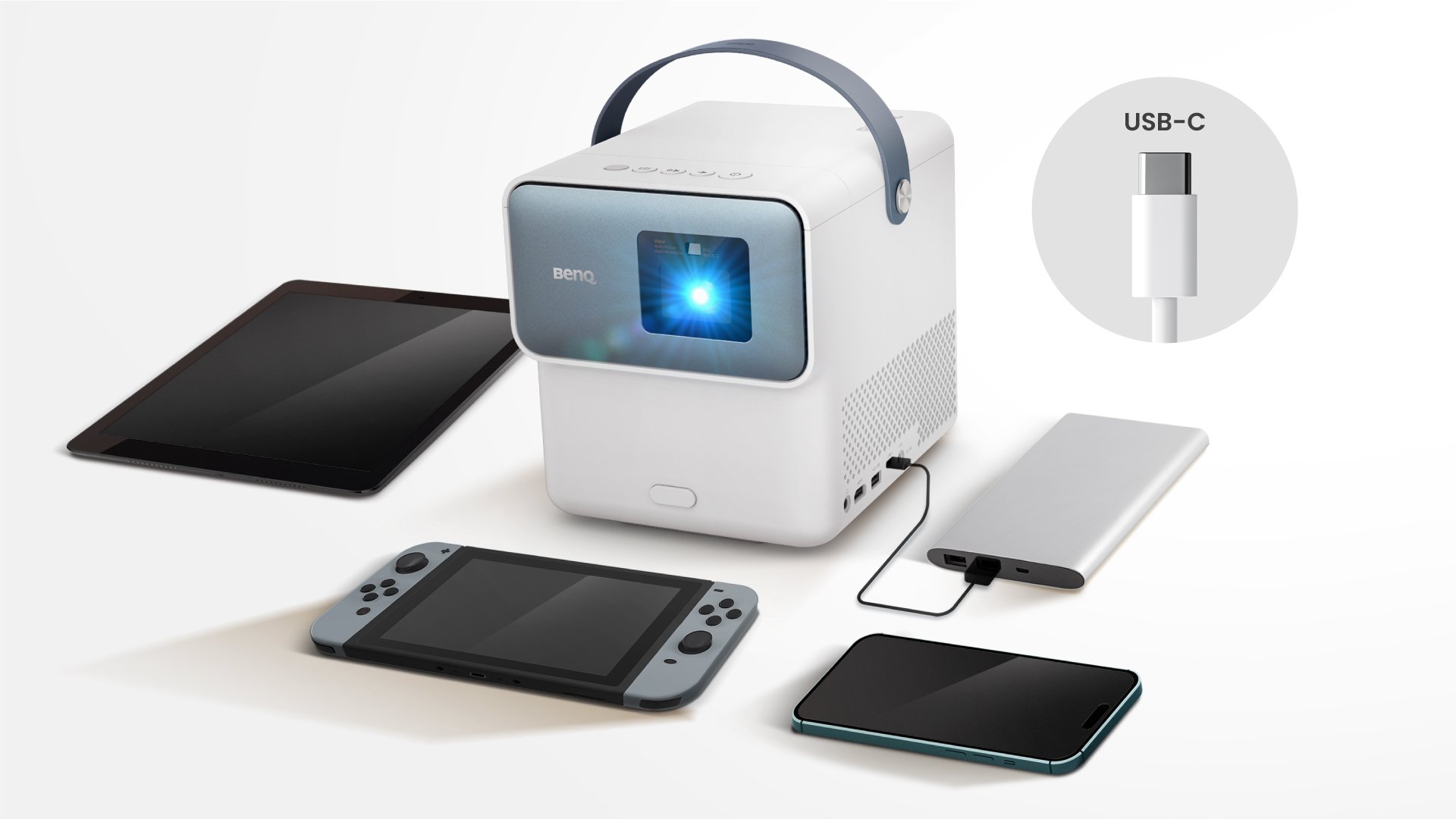Rally your crew for 150 inches of seamless, immersive gaming action
Unforgettable Game Nights Start Here
Small screens, big frustration
Split screens are too tiny, leaving players struggling to see important details and enjoy the game.
Choppy visuals, missed moments
Blurry images and input lag turn fast-paced games into frustrating, stuttered experiences.
Big TVs, bigger hassle
Large-screen TVs are hard to move, and even harder to install.
“Best projector I’ve owned to date. Beautiful picture and runs quietly.”
— C.E. Mullenix, USA
“Definitely an A+ gift for any gamer! My sister and I hooked up her Xbox and the picture quality was *AMAZING*, even with the lights on.”
— R.H., USA
“Set up was a breeze! My son and I had it ready in 30 minutes. If you want the best picture quality for under $4000, this is it!”
— R.D., USA
Pick Your Wall
Choose any blank wall and decide where to project your game screen.
Set It Up
Place your projector and connect your console. You’re almost ready.
Power On & Play
Turn it on and realax while the auto-adjustment kicks in. Enjoy gaming!
For the Ultimate Game Cave
Project a massive 150” screen, even with the lights on.
3300 ANSI Lumens 100% DCI-P3 Color Coverage Vertical Lens Shift
X3100iFor Your Living Room
Stunningly large 120” from just a few feet away.
2200 ANSI Lumens 84% DCI-P3 Color Coverage 100” from 5 feet away
X500iFor a Solo Gaming Experience
Packs full auto screen alignment in the smallest form.
2200 ANSI Lumens Auto 2D Keystone & Rotation USB-C DP Alt Mode
X300GImmersive Gaming Series
Compare all immersive gaming projectorsProjection Distance
There are many choices in terms of machine size and projector lens design. This is the distance to project a 100-inch screen.
Zoom Ratio
The zoom ratio is used to indicate the zoom range of the lens, you will see it listed with an "X". The zoom ratio does not equate to the total zoom power of the lens, simply the zoom range of the lens.
Input Lag
Input lag or input latency is the amount of time it takes to display a signal on the screen from when the source sends it.
DCI-P3 Color Space
DCI-P3 is a common RGB color space for digital movie projection in the American film industry. DCI-P3’s range is 26% larger than sRGB/Rec.709, and the percentage higher, the color gamut wider.
Projection Distance
There are many choices in terms of machine size and projector lens design. This is the distance to project a 100-inch screen.
Zoom Ratio
The zoom ratio is used to indicate the zoom range of the lens, you will see it listed with an "X". The zoom ratio does not equate to the total zoom power of the lens, simply the zoom range of the lens.
Input Lag
Input lag or input latency is the amount of time it takes to display a signal on the screen from when the source sends it.
Rec.709 Color Space
Rec.709 uses specific red, green, and blue colors and illuminant D65 (6500k) for the white point to build a standardized color space and reproduce accurate color gamut and grayscale, and the percentage higher, the color gamut wider.
Projection Distance
There are many choices in terms of machine size and projector lens design. This is the distance to project a 100-inch screen.
Zoom Ratio
The zoom ratio is used to indicate the zoom range of the lens, you will see it listed with an "X". The zoom ratio does not equate to the total zoom power of the lens, simply the zoom range of the lens.
Input Lag
Input lag or input latency is the amount of time it takes to display a signal on the screen from when the source sends it.
Rec.709 Color Space
Rec.709 uses specific red, green, and blue colors and illuminant D65 (6500k) for the white point to build a standardized color space and reproduce accurate color gamut and grayscale, and the percentage higher, the color gamut wider.
Projection Distance
There are many choices in terms of machine size and projector lens design. This is the distance to project a 100-inch screen.
Zoom Ratio
The zoom ratio is used to indicate the zoom range of the lens, you will see it listed with an "X". The zoom ratio does not equate to the total zoom power of the lens, simply the zoom range of the lens.
Input Lag
Input lag or input latency is the amount of time it takes to display a signal on the screen from when the source sends it.
Rec.709 Color Space
Rec.709 uses specific red, green, and blue colors and illuminant D65 (6500k) for the white point to build a standardized color space and reproduce accurate color gamut and grayscale, and the percentage higher, the color gamut wider.

Immersive Gaming: Step Into a New Reality and Elevate Your Gameplay

Discovering USB-C: The Ultimate Guide to Understanding and Choosing the Right Connector

Exploring MOBIUZ Mini LED as an Alternative for OLED in Gaming

Unlocking the Power of USB-C with Your Portable Projector














